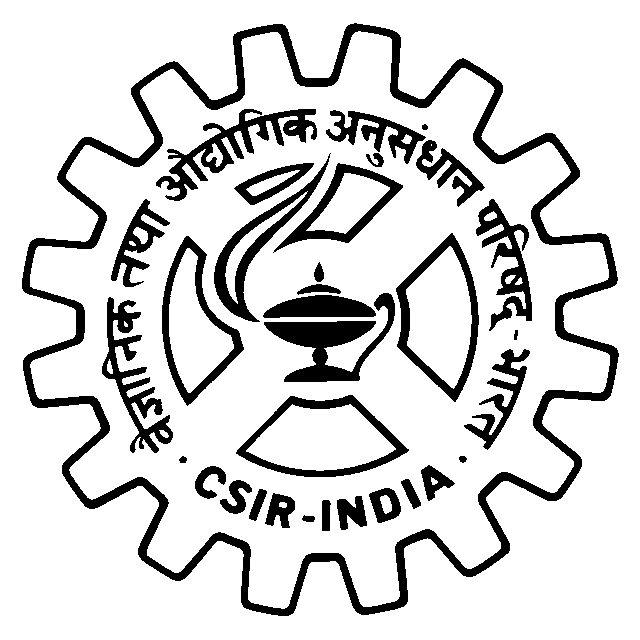| | |
|---|
| ASPsiRNA information |
siRNA Id: | aspsirna2179
|
|
siRNA Name: | sh67T
|
| Mismatch information |
Wild siRNA (As strand 3'->5'): | CCUUCAGACCCGGGAACACA
|
|
ASP-siRNA (As strand 3'->5'): | CCUUCAGACACGGGAACACA
|
|
Mismatch position in siRNA: | A10C |
| Gene Information |
Gene Name | Hungtintin (HTT) |
|
Target Sequence (5'->3'): | AGCTTTGATGGATTCTAA
|
|
Wild allele (5'->3'): | GGAAGUCUGGGCCCUUGUGU
|
|
Mutant allele (5'->3'): | GGAAGUCUGUGCCCUUGUGU
|
|
Position of siRNA on target gene: | NA
|
| Respective Gene/Protein Resources |
GenBank Accession: | NM_002111.7 |
| Cytogenic location: | 21q22.3 |
| Chromosomal coordinates: | 21:47,401,662-47,424,962 |
| UniProt ID: | P42858 |
| HUGO ID: | 4851 |
|
Reference SNp(RefSNP): | rs19392295 |
| Disease/Mutation information |
Target Mutation: | c.52CAG(36_39)
|
|
Matation type/variant: | microsatellite
|
|
Mutation at gene level: | NG_009378.1:g.5197CAG(36_39)
|
|
Pathogenic status of mutation: | Pathogenic
|
|
Disease: | Huntington disease (HD) |
| Clinical Resources |
ClinVar ID: | 31916 |
|
KEGG disease ID: | H00059 |
|
OMIM ID: | 143100 |
|
COSMIC: | HTT |
|
DECIPHER: | HTT |
|
GeneTests: | HTT |
| ASP siRNA details |
Mutant allele (5'->3'): | GGAAGUCUGUGCCCUUGUGU
|
|
ASP-siRNA (As strand 3'->5'): | CCUUCAGACACGGGAACACA
|
|
Percentage efficacy of ASP-siRNA for mutant allele: | 76
|
|
Wild allele (5'->3'): | GGAAGUCUGGGCCCUUGUGU
|
|
ASP-siRNA (As strand 3'->5'): | CCUUCAGACACGGGAACACA
|
|
Percentage efficacy of ASP-siRNA for wild allele: | 45
|
|
Relative difference: | 31
|
| Wild siRNA details |
Wild allele (5'->3'): | GGAAGUCUGGGCCCUUGUGU
|
|
Wild siRNA (As strand 3'->5'): | CCUUCAGACCCGGGAACACA
|
|
Percentage efficacy of wild siRNA for wild allele: | 85
|
|
Wild allele (5'->3'): | GGAAGUCUGGGCCCUUGUGU
|
|
ASP-siRNA (As strand 3'->5'): | CCUUCAGACACGGGAACACA
|
|
Percentage efficacy of Wild sirna for mutant allele: | 55
|
|
Relative difference : | 30
|
| General information |
Mismatch incorporated in siRNA/Target: | siRNA |
| Cell-line used: | HEK293 |
| Experimental technique used: | RT-PCR |
| Transfection method: | Lipofectamine 2000 |
| siRNA expression method: | Invitrogen |
| Post-transfection duration: | 48 hours |
| Concentration used: | 6nM |
| Reference: | 24926995 |
| Delivery method: | Transfection |
'| Article title: | Allele-specific silencing of mutant huntingtin in rodent brain and human stem cells. |
'| Authors: | Drouet V, Ruiz M, Zala D, Feyeux M, Auregan G, Cambon K, Troquier L, Carpentier J, Aubert S, Merienne N, Bourgois-Rocha F, Hassig R, Rey M, Dufour N, Saudou F, Perrier AL, Hantraye P, Déglon N. |
'| Journal Reference: | PLoS One. 2014 Jun 13;9(6):e99341. doi: 10.1371/journal.pone.0099341. eCollection 2014 |
'

